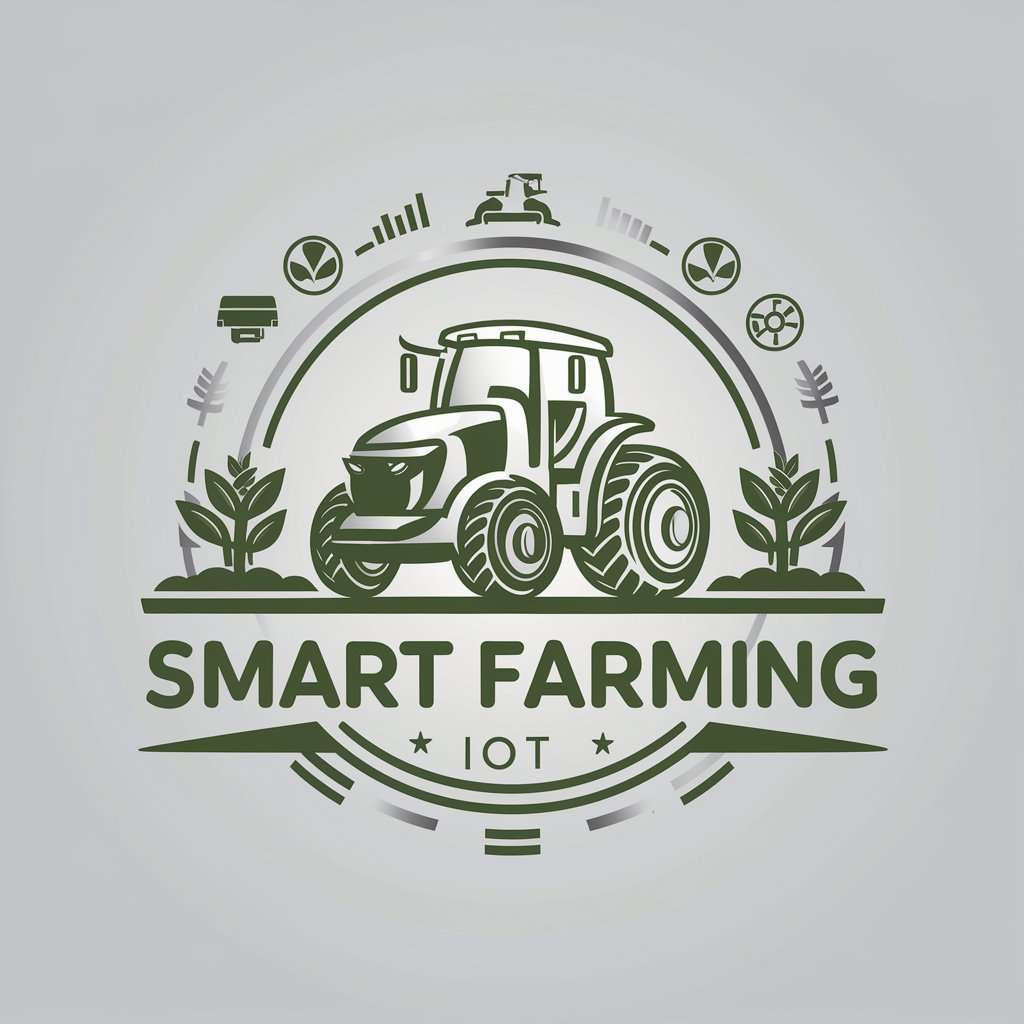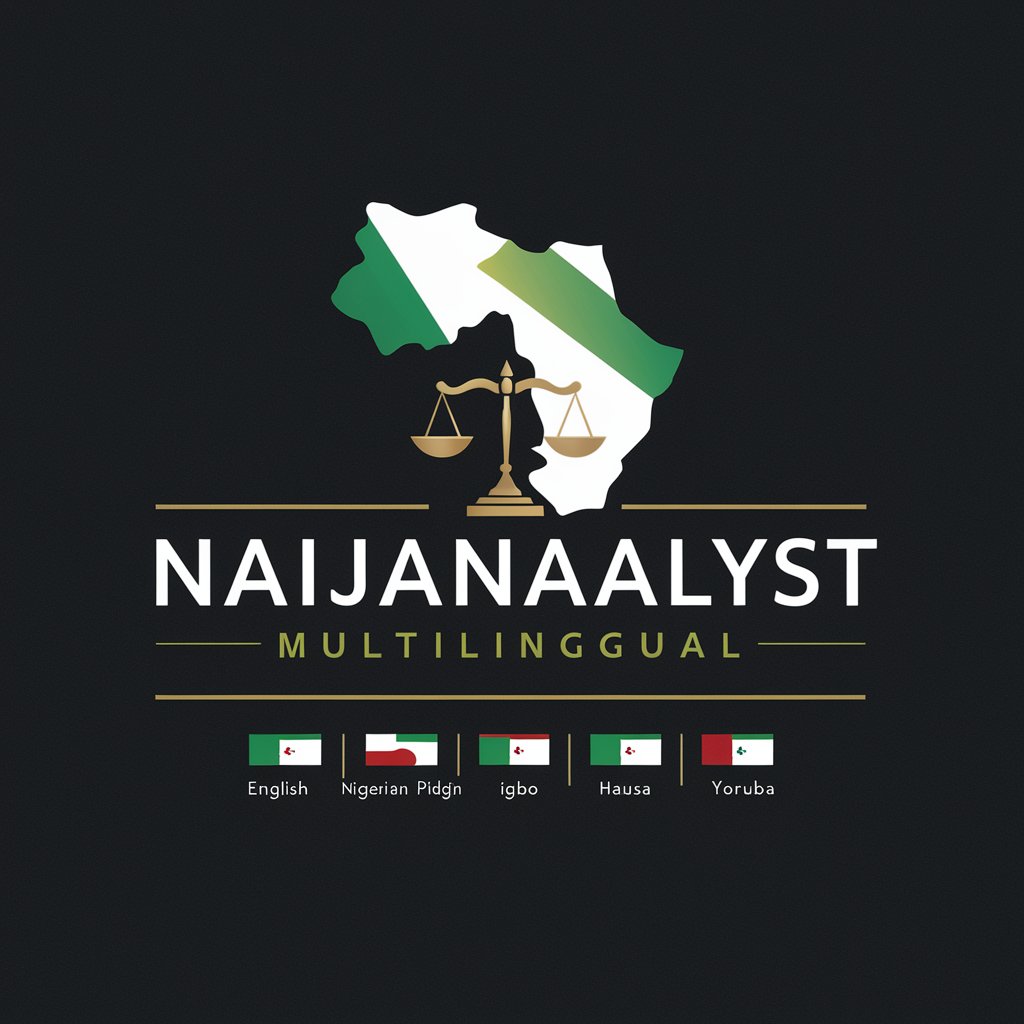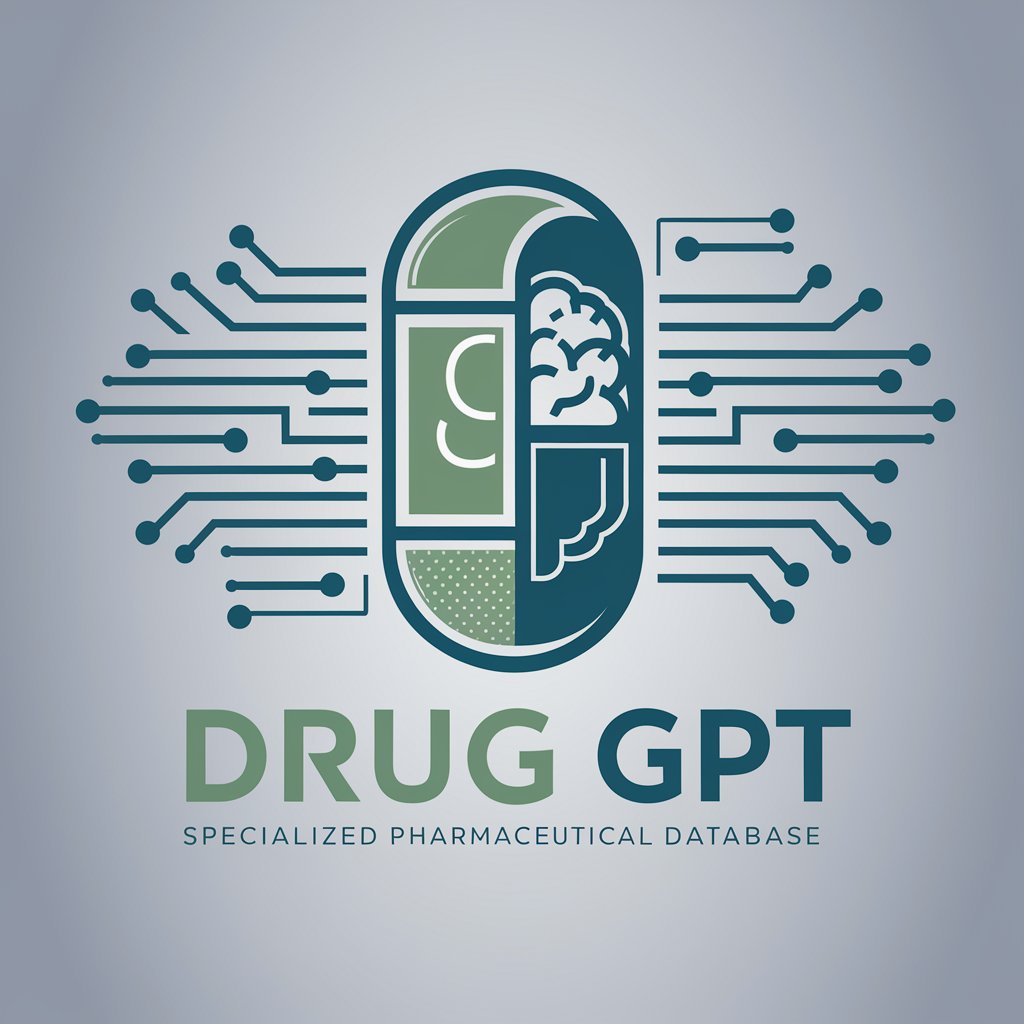Smart Farming - Smart Farming Solutions

Welcome to Smart Farming Insights!
Cultivate with AI, Harvest with Efficiency
Describe the impact of IoT on modern agriculture...
How does AI enhance precision farming...
Explain the role of cloud computing in smart farming...
What are the benefits of integrating robotics into agricultural practices...
Get Embed Code
Introduction to Smart Farming
Smart Farming refers to the integration of information and communication technologies into the agricultural production process. This approach leverages advanced technologies like the Internet of Things (IoT), cloud computing, big data analytics, and artificial intelligence (AI) to enhance efficiency, productivity, and sustainability in farming operations. The design purpose of Smart Farming is to provide farmers and agricultural businesses with tools and insights that enable precision agriculture, effective resource management, and data-driven decision-making. For example, by using sensors to monitor soil moisture levels, farmers can optimize irrigation schedules, reducing water usage while ensuring crops receive the right amount of moisture. Another scenario involves deploying drones equipped with multispectral cameras to assess crop health, enabling targeted interventions that improve yield and reduce the need for broad-spectrum pesticide application. Powered by ChatGPT-4o。

Main Functions of Smart Farming
Precision Agriculture
Example
Variable Rate Technology (VRT)
Scenario
VRT allows farmers to vary the rate of seed, fertilizers, and pesticides applied to different sections of a field based on soil characteristics and crop health. This is achieved through GPS-guided equipment that adjusts inputs in real-time, enhancing crop yields while minimizing environmental impact.
Livestock Monitoring
Example
Wearable Sensors for Animals
Scenario
Farmers use wearable sensors on livestock to monitor health and well-being indicators such as activity levels, body temperature, and eating patterns. This information helps in early detection of illnesses, optimizing feeding strategies, and improving overall herd management.
Crop Health Monitoring
Example
Drone and Satellite Imaging
Scenario
Advanced imaging technologies enable detailed monitoring of crop health from above. By analyzing images for changes in color, texture, and heat signatures, farmers can identify pest infestations, nutrient deficiencies, and water stress, facilitating timely and precise interventions.
Resource Management
Example
Smart Irrigation Systems
Scenario
Smart irrigation systems use data from weather forecasts and soil moisture sensors to automatically adjust watering schedules. This ensures crops receive the right amount of water at the right time, improving water efficiency and reducing costs.
Ideal Users of Smart Farming Services
Small to Large Scale Farmers
Farmers of all sizes can benefit from Smart Farming technologies to increase efficiency, reduce resource consumption, and improve crop yields. These tools make it easier for farmers to manage their operations, regardless of the scale.
Agricultural Consultants and Advisors
These professionals can leverage Smart Farming data and insights to provide more accurate, tailored advice to their clients, improving the effectiveness of their consulting services.
Agribusinesses
Companies involved in the agricultural supply chain, from seed producers to food processors, can use Smart Farming technologies to enhance traceability, ensure quality, and optimize supply chain logistics.
Research and Development Organizations
R&D organizations can use Smart Farming data to conduct research on crop genetics, pest control, and sustainable farming practices, driving innovation in the agricultural sector.

Getting Started with Smart Farming
Initiate Your Journey
Begin by exploring Smart Farming solutions with a hassle-free start at yeschat.ai, offering a complimentary trial with no login or ChatGPT Plus subscription required.
Identify Your Needs
Assess your agricultural operations to pinpoint areas where Smart Farming can enhance efficiency, sustainability, and productivity, such as crop monitoring or livestock management.
Select Suitable Technologies
Choose the appropriate Smart Farming technologies like IoT sensors, drones, and AI-based decision systems that align with your specific agricultural needs.
Implement and Integrate
Deploy the selected technologies within your farming operations, ensuring seamless integration with existing systems and practices for smooth functionality.
Monitor and Optimize
Regularly review the data and insights generated by your Smart Farming setup to make informed decisions and continually refine your agricultural practices for optimal results.
Try other advanced and practical GPTs
CoverLetter Champ
Tailor Your Success with AI-Powered Cover Letters

Couch Potato
Effortlessly lazy AI interactions

Wallpaper Wizard
Craft Your Dream Background with AI

NaijAnalyst - Multilingual
Deciphering Nigerian Governance with AI

Maritime Maven
Navigate the Seas with AI

Linux Consultant
AI-Powered Linux Expertise

Study Buddy
Your AI-Powered Academic Ally

kitchen Sage 🧙♂️📸
Transforming Ingredients into Recipes

Pace Partner
AI-Powered Running Companion

매일매일 영어한문장
Elevate your English, one sentence a day.

Proofreader Pro
AI-Powered Writing Assistant

Drug GPT
Empowering healthcare with AI-driven drug insights.

Smart Farming Q&A
What is Smart Farming?
Smart Farming is the integration of advanced information and communication technologies into agricultural practices, enhancing efficiency, productivity, and sustainability through data-driven decision-making.
How can IoT devices be used in Smart Farming?
IoT devices in Smart Farming collect real-time data on soil moisture, crop health, weather conditions, and livestock wellness, enabling precise farming operations and resource management.
Can Smart Farming improve sustainability?
Absolutely, Smart Farming promotes sustainability by optimizing resource use, reducing waste, and minimizing environmental impact through precise and efficient agricultural practices.
What role does AI play in Smart Farming?
AI in Smart Farming analyzes vast amounts of data from various sources to provide insights for decision-making, predict outcomes, and automate tasks, leading to more informed and efficient farming operations.
Is Smart Farming suitable for small-scale farmers?
Yes, Smart Farming technologies are scalable and can be tailored to fit the needs and budgets of small-scale farmers, helping them to increase productivity and sustainability.
